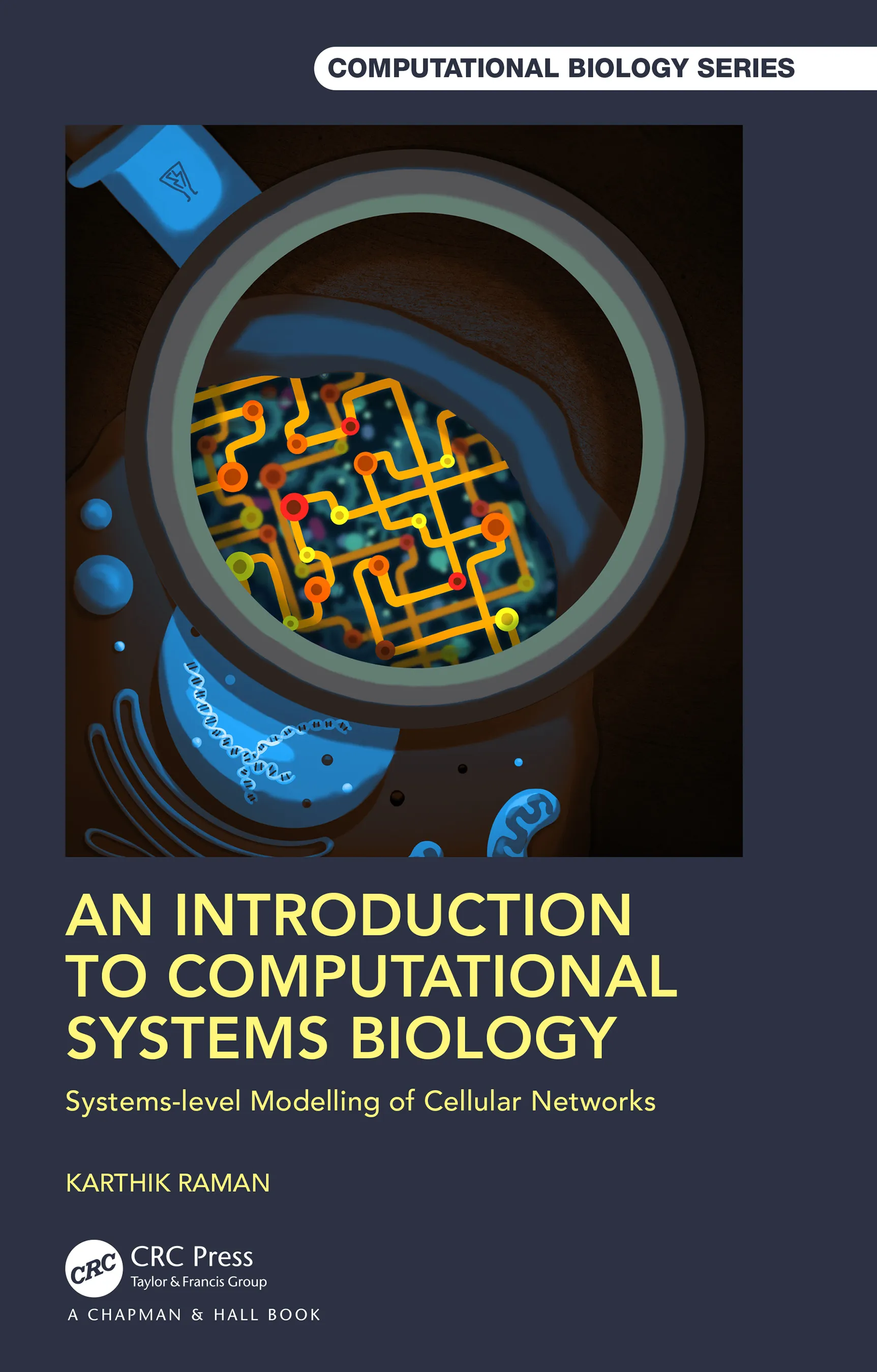
The 90s was an interesting time for biology research as researchers shifted from reductionist to a systems approach for studying and understanding biological systems. A decade later, high-throughput technologies revolutionized the field of systems biology by generating heaps of data. Thanks to these technologies, the state of thousands of genes, proteins, chemicals or metabolites at a given time-point, or in response to any stimuli, can be captured now. However, generating insights from this humongous amount of data was like looking for a needle in a haystack. It was at this time that the need for computation in conducting biology research became apparent and the field of computational biology reached its full glory.
Computational biology, an interdisciplinary field that combines computational methods to study complex biological systems to make predictions or derive useful insights, has cemented its place as an important discipline, central to modern biology. New computational tools are being continually developed, helping researchers to get much more interesting insights into the biological world. What are these tools, and how can they be leveraged to study, understand and tweak biological systems? This is the focus of a new book, “An Introduction to Computational Systems Biology: Systems-Level Modelling of Cellular Networks”, published by Taylor and Francis Group and written by Dr Karthik Raman, an Associate Professor at the Department of Biotechnology, IIT Madras; Co-founder of the Initiative for Biological Systems Engineering (IBSE) and a core member of the Robert Bosch Centre for Data Science and Artificial Intelligence (RBCDSAI). Dr Raman has extensive experience working in computation and systems biology and has taught a course on system biology at IIT Madras for nine years.
Dr Raman felt the need to write this book when he realized that none of the existing books gave a balanced treatment to the three major modelling approaches—static network biology, dynamic modelling and constraint-based modelling—which he thinks is central to build a holistic view of various kinds of biological networks. The book is apt for students who are curious about the working of a biological system, are mathematically inclined and knows a high-level computing language. The book takes a practical and a fun hands-on approach to teach modelling approaches. Apart from in-depth chapters, the book provides information about the additional material available on the internet for the students who are more interested in a particular topic. Abreast with current times, the book has chapters on community modelling and biological circuit design which are new fields of study. The book also has a companion website replete with lecture videos, supplementary exercises, and a host of reading material. The book is a must for students and researchers who need means to satiate their curiosity about biological systems.
The book can be purchased at Amazon